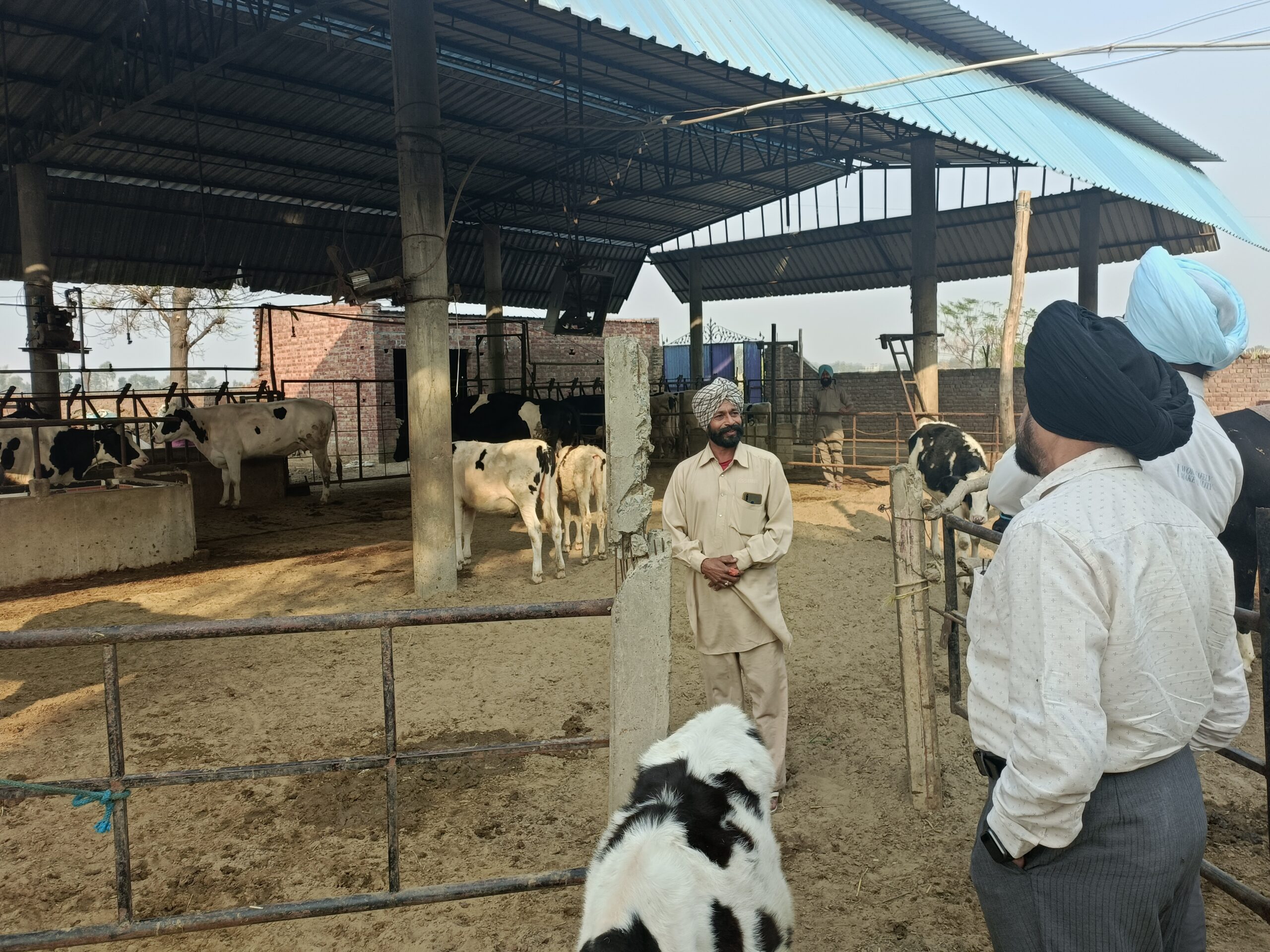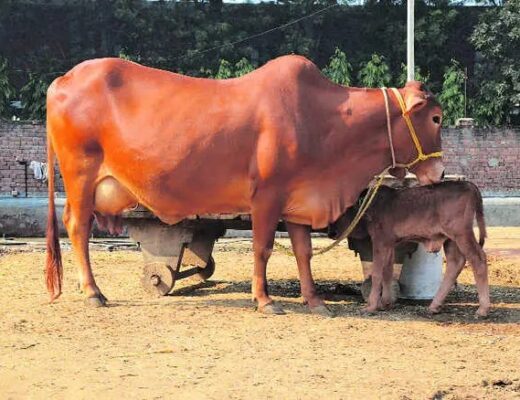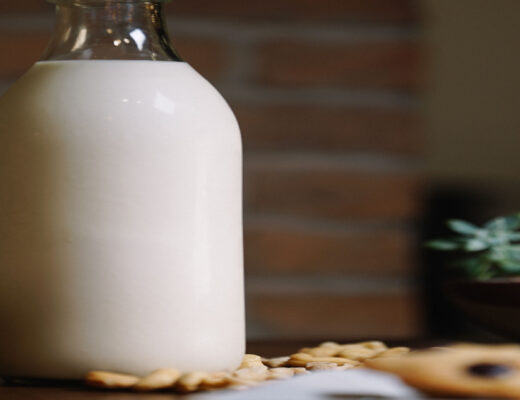Introduction:
Continuing our series on factors that impact milk productivity, we turn our focus to animal housing. Adequate and affordable housing plays a crucial role in the health, welfare, and productivity of dairy animals. The Center of Excellence for Dairy Skills in India (CEDSI) recognizes the significance of optimized animal housing and extends its support to farmers in this regard. In this blog, we will delve into the importance of animal housing, explore the current scenario in India, highlight CEDSI’s role in promoting practical approaches, and discuss affordable ways for farmers to create optimal animal housing.
The Link between Animal Housing and Milk Productivity:
Animal housing has a direct impact on the overall health and productivity of dairy animals. It provides shelter, protects animals from extreme weather conditions, reduces stress, and facilitates proper feed intake. Optimal housing conditions positively influence milk productivity, leading to higher milk yields.
Current Scenario in India and its Impact:
According to the Livestock Census 2019, only around 35% of farmers in India have proper animal housing for their cattle. This means a significant number of dairy animals are still housed in traditional or makeshift structures, which can hinder their well-being and milk productivity.
Inadequate animal housing negatively affects milk productivity in several ways. Poor ventilation and insulation lead to increased heat stress, which can reduce feed intake and milk production. Improper flooring can cause injuries and lameness, affecting cows’ mobility and milk yields. Overcrowding and lack of space limit animals’ comfort, hindering their ability to rest and ruminate efficiently.
CEDSI’s Role in Promoting Practical Approaches:
CEDSI recognizes the need for practical and affordable solutions in animal housing. Through its training programs, CEDSI educates farmers on cost-effective methods to create optimal housing for their livestock.
Shed Design: CEDSI provides guidance on designing animal sheds using locally available materials such as bamboo, thatch, or low-cost roofing sheets. These designs prioritize ventilation, lighting, and space allocation, ensuring a comfortable environment for the animals.
Flooring: CEDSI emphasizes the importance of comfortable flooring materials, which can be achieved through options like sand bedding or rubber mats. These affordable alternatives provide cushioning, reducing the risk of injuries and lameness.
Ventilation: Simple techniques such as installing ridge vents, windows, or low-cost exhaust fans help improve air circulation and regulate temperature inside the shed. Natural ventilation methods, like proper positioning of windows, can effectively reduce heat stress.
Waste Management: CEDSI educates farmers on low-cost methods of waste management, such as composting, which helps maintain cleanliness and prevent the spread of diseases.
Affordable Ways for Farmers to Create Optimal Animal Housing:
Farmers can adopt affordable approaches to create optimal animal housing by utilizing locally available resources:
Utilizing Local Materials: Farmers can leverage locally available materials like bamboo, wood, or recycled materials to construct animal sheds. These materials are cost-effective and environmentally friendly.
Improving Insulation: Farmers can insulate animal sheds using straw or locally available materials to maintain favorable temperatures during extreme weather conditions.
Natural Light and Ventilation: Strategic placement of windows and open vents can maximize natural light and airflow, reducing the need for artificial lighting and ventilation systems.
Efficient Space Utilization: Designing the animal housing layout to optimize space usage ensures that each animal has enough room to move and rest comfortably.
Strategic Drainage Systems: Implementing proper drainage systems within the animal housing area prevents waterlogging, improves hygiene, and minimizes the risk of diseases.
CEDSI’s support in promoting affordable and practical approaches empowers farmers to optimize animal housing within their budgetary constraints, thus improving milk productivity.
Conclusion:
CEDSI’s commitment to supporting farmers in creating optimal animal housing through practical and affordable approaches is crucial for enhancing milk productivity. By educating farmers on cost-effective techniques, leveraging locally available resources, and emphasizing the importance of proper housing, CEDSI enables farmers to provide a comfortable environment for their cattle. With improved animal housing, farmers can expect higher milk yields, improved animal welfare, and overall sustainable dairy farming practices.




